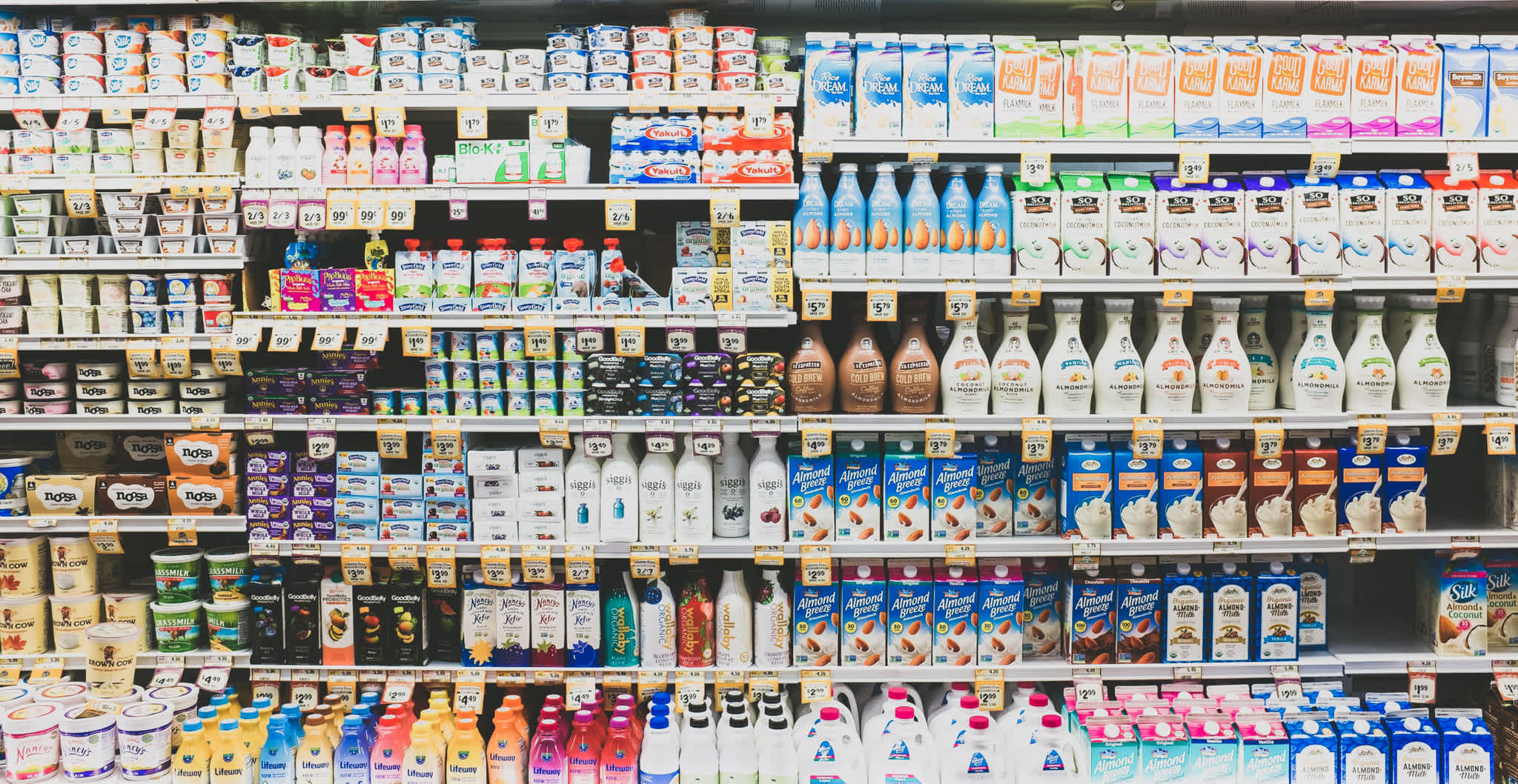
How virtual in-store testing can accelerate the innovation pipeline, saving time and money

In-store or controlled store testing is a crucial insights tool – it helps brands and retailers optimize their products and strategies for better market performance. However, testing countless iterations of pricing, shelving, innovation, packaging, promotion and display in stores is impractical, and can be impossible during critical retail periods. Virtual in-store testing reduces the time that it takes to get the right products to market by adding an important layer to testing environments, giving brands more flexibility and insights in measuring shopper responses to new concepts and ideas.
What is virtual in-store testing?
At 84.51°, a virtual in-store test is a simulated shopping trip that exposes shoppers to different in-store scenarios. Shoppers are encouraged to engage with the test environment which simulates a normal shopping trip, and then they complete a questionnaire to rate their shopping experience. The benefit of virtual testing is that it is more cost effective and faster than physical in-store testing. Virtual testing also allows for brands to get an earlier read on results to prioritize which concepts to implement, while allowing for measurement of both shopper attitudes and sales behavior across test scenarios with a single solution. Additionally, it places less stress on in-store operations.
What types of questions can be answered by virtual in-store testing?
Virtual in-store testing answer a variety of questions related to shelf arrangement and assortment, display and signage, promotions, package design and more. For example, in a recent virtual in-store test, Kroger and several brands wanted to understand if there was a better flow for the sports nutrition aisle that would help grow the category and lead to a better shopping experience. Together with several participating brands, including Premier Nutrition and Vega, they utilized the 84.51° Virtual In-Store Testing Platform to gauge if new aisle layouts would lead to stronger performances. In a matter of weeks, the virtual test was finalized and showed that changing the current aisle layout to the test planogram would lead to an up to 7% decrease in category performance and a negative impact to brands. “Sometimes, the best path forward is making no change at all,” said Sherita Scott, category manager, sports nutrition, at Kroger. “We’re grateful for brands who embrace testing. Together we unearth the questions that propel our business forward.”
Does virtual in-store testing replace in-store testing?
While virtual in-store testing offers many benefits for gauging shopper reactions to changes and ideas in near-real environments, it is not a complete substitute for in-store testing. Virtual testing can't fully replicate real-life factors such as navigating a cart around other shoppers or being distracted by children.
Virtual reality testing is most effective when it is included with other testing strategies as an insights layer. After identifying several potential test concepts, for instance, virtual in-store testing can serve as a preliminary filter to prioritize those that have the most promise and determine if they should be tested in a store setting, or rolled out. By adopting a data- and insights-driven approach from start to finish, brands can thoroughly evaluate changes before presenting them to customers, ensuring the most successful outcomes.
See how testing new ideas will grow your sales with our Virtual In-Store Testing. Reach out to your 84.51° Insights Account Executive or Insights@8451.com to learn more.
Visit our knowledge hub
See what you can learn from our latest posts.

